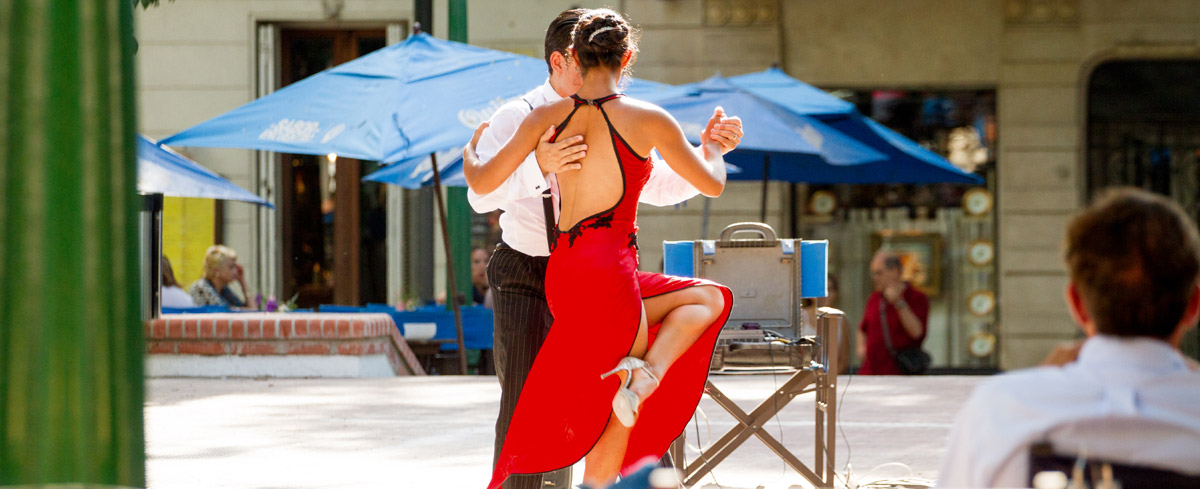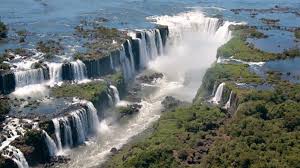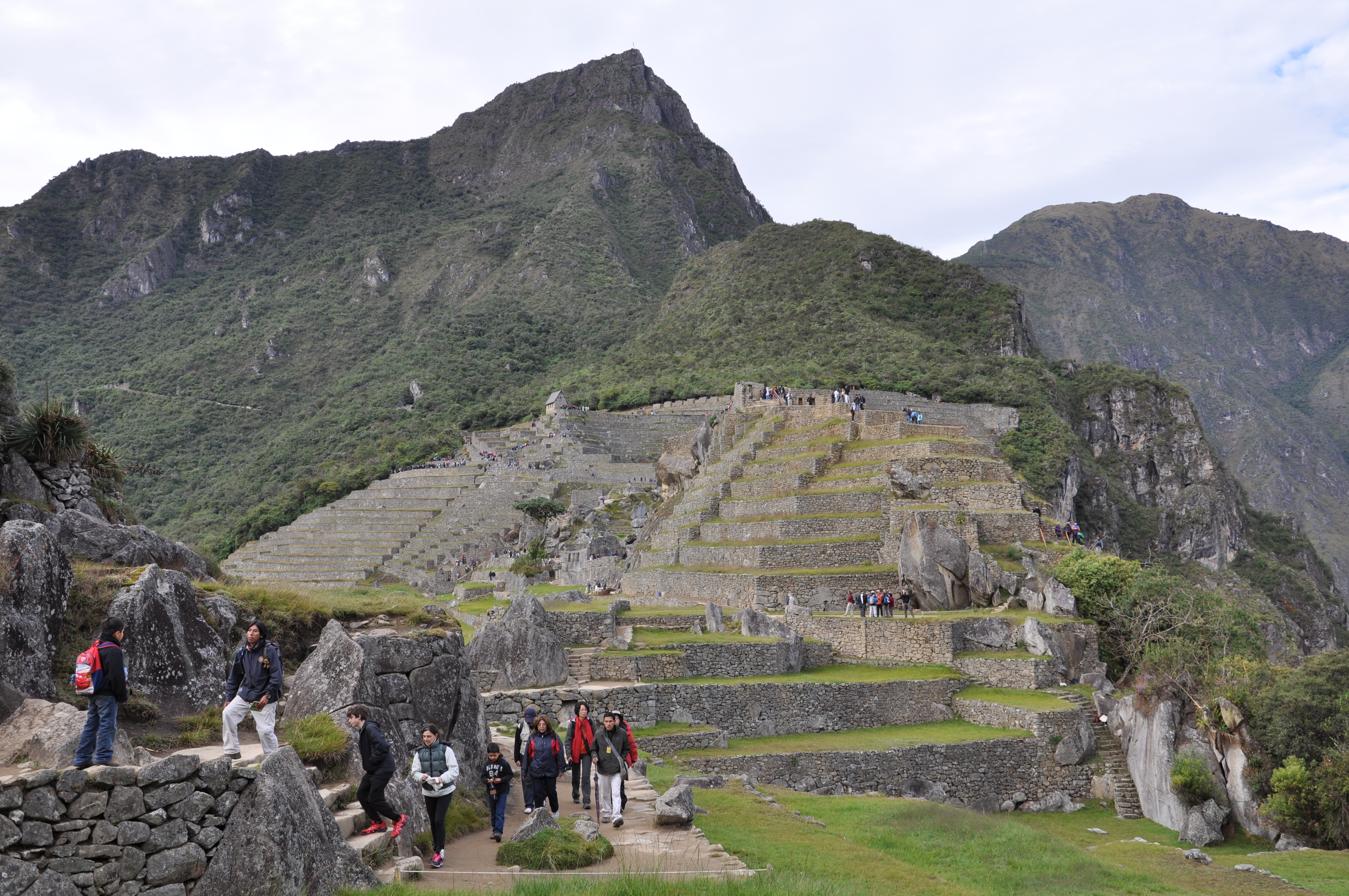
My first impressions of Buenos Aires as I landed in Ezeiza airport and took a taxi to the city – am I in South America or in Europe? Buenos Aires is a coolly elegant, almost European city with style. The porteños, as the people of Buenos Aires are fondly known as, are famous for their suave good looks and immaculate dressing. They are proud of the stylish grandeur of their city, evident in the centrepiece, the Plaza de Mayo, fronted by the temple-like Neoclassical cathedral and the distinctive ‘Pink House’, la Casa Rosada, home to the president. The Argentine National Congress resembles the Capitol building, and the Teatro Colon is one of the world’s greatest opera houses. Crossing the famous Avenida de 9 Julio would take some time because there are 18 lanes in total, making it the widest boulevard in the world. A flair for style can be seen in the Museo Nacional de Belles Artes, where Argentinean artists hold their own among European Impressionists and Post-Impressionists, and in the Museo Arte Lationamericano de Buenos Aires (MALBA), a showpiece of the continent’s distinctive eye in art and design.
The old docks and warehouses of Puerto Madero have been spruced up to create an attractive waterfront of shops, restaurants, bars and offices. I heard jokes about the porteños, that they are trying hard to live like Parisians in a city with Italian-influenced architecture and people are speaking in Spanish. Buenos Aires is on the edge of the Pampas grasslands, and there is a clear gaucho style to the food: the beef is excellent and plentiful. The average citizen will consume 65kg of beef every year, making them one of the largest consumers of meat in the world. This also means that Argentinean cows are one of the largest producers of greenhouse gas emissions, due to the sheer millions of them being reared in the Pampas highlands.
Above all, Buenos Aires is the city of tango. Tango is everywhere, from dance events called milongas which take place at any time of the day to dance academies, professional shows, impromptu performances in the streets and squares, tango bands in the parks. Some tango is sharp, agressive and brimming with sexual tension, while others are more relaxed. With its mesmerising ability to express a broad spectrum of emotions – elegance, ebullience, pride, frustration, tension and melancholy, tango has carried the nation through thick and thin, through the Peron years of growth in the 1940s and early 1950s to the military dictatorship of 1976-1983 and back into the light of democracy. The spirit of the porteños has been summarised as “all-or-nothing” with tango; they wear their emotion on their sleeves. It was a mistake to ask me to dance tango because I seem to have two left feet, but nevertheless the pose with the tango dancer was amazing.






